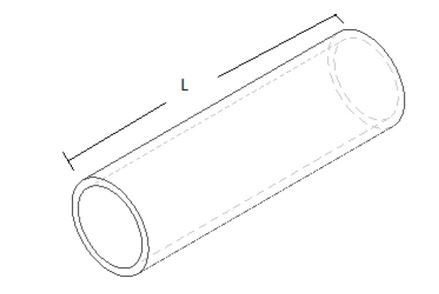

Tuning forks produce a stable frequency, albeit with harmonics, but the amplitude of the vibration and the extent to which the energy is transferred to the skin is variable. In the clinical setting, uncalibrated tuning forks, and to a lesser extent VibraTip ® (McCallan Medical), are routinely used as vibration sources. Therefore, optimal use of these devices as suggested by their operating instructions is largely limited to research settings. The pressure of application for several gold standard vibration sources, such as the neurothesiometer and Rydel Seiffer tuning fork, is “gravity”, an impractical requirement for assessment of loss of sensation over most of the foot and leg as, in a sitting or lying position, very few surfaces are truly horizontal. Loss of vibration sense has long been established as one of the earliest, and therefore one of the most important, signs of nerve damage not only in diabetes, but in other causes of peripheral neuropathy (Williamson, 1907). By providing instant feedback, the manikin toe serves as a useful training device to encourage consistency of vibration sense testing. With both devices, however, there was considerable intra-operator variability in recorded amplitude and frequency of vibration. Despite differences in technique, the waveform generated with VibraTip was more consistent than that of the tuning fork.

Using the manikin, the consistency of vibration applied by a group of doctors using a standard 128-Hz tuning fork, with that delivered by the same operator using VibraTip ® (McCallan Medical), were compared. The authors developed a toe manikin capable of reporting the waveform and intensity of vibration imparted to its surface. A standard tuning fork remains the most widely used tool for assessing vibration perception in clinical practice, however inter-operator differences in the use of this tool vary widely. Diabetes is the most common cause of peripheral nerve damage and vibration perception is the first sensory modality affected.


 0 kommentar(er)
0 kommentar(er)
